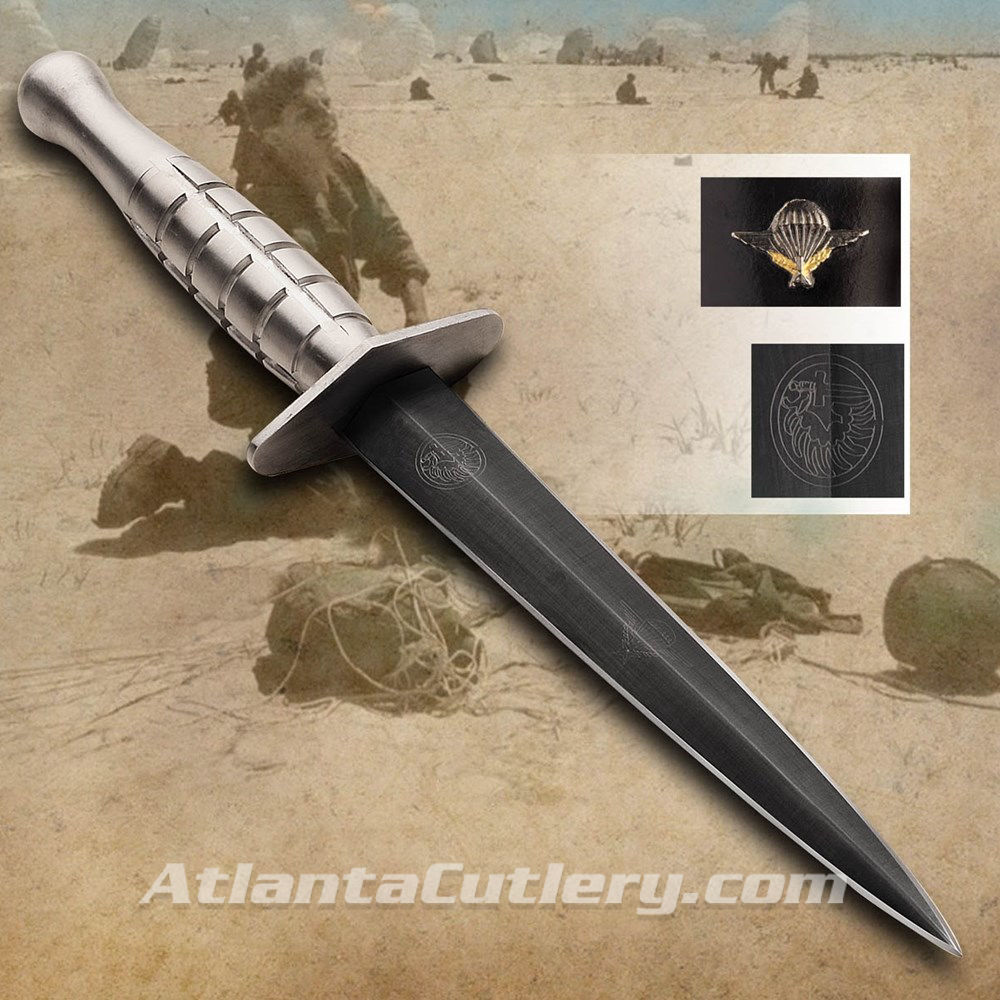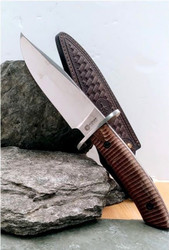Knife: Anatomy and Uses
27th Apr 2018
We take a knife for granted. As long as it cuts, chops and scrapes as it is meant to do, we are happy with it. Most of us seemingly have no inclination of learning more about them. But, there is an art to knife construction, basic knowledge of which can come in handy while purchasing one next time. You can start by simply learning about the different parts. Below is a glossary of some common terms which will hopefully help you to better understand knives.

First and foremost, a knife is made of two parts – the blade and the handle.
Blade
Point: This is the part of the knife where the spine and edge come together. Points come in different shapes. Their angle and thinness determine the control you have and what materials you can cut. The point is used for piercing.
Tip: The tip is different from the point. It is the top, forward part of the blade and includes the point. The tip is used for delicate cutting.
Edge: This is the cutting part of the blade. The edge extends from the point of the knife to the heel.
Heel: The heel is the part of the blade opposite the point and is just above the handle. Bigger knives have bigger heels. It offers control over items that are more difficult to cut.
Belly: The belly is a term used to explain the curved portion that extends outward along the cutting edge.
Spine: The spine is the thickest part of the blade and is opposite to the knife edge. It is usually smooth but some knives carry an edge on the spine.
Bolster: The bolster connects the blade to the handle. It offers balance and control as well as protects the hand from the knife edge.
Tang: The tang is the part of the blade covered by the knife’s handle. There are several types of tangs.
Handle
Scales: Scales are the two pieces of material that form the handle. They are often made of wood or synthetic material and attached to the tang with rivets.
Rivets: These are metal pins that join the scales to the tang to make the handle.
Butt: This is the bottom of the handle. It can be simple or come with tactical features like a glass breaker or other hard materials that can be used in emergency situations.
At Atlanta Cutlery, we offer a range of knives such as a folding pocket knife, fixed blade knife and a host of other blades.


 Gift Cards
Gift Cards